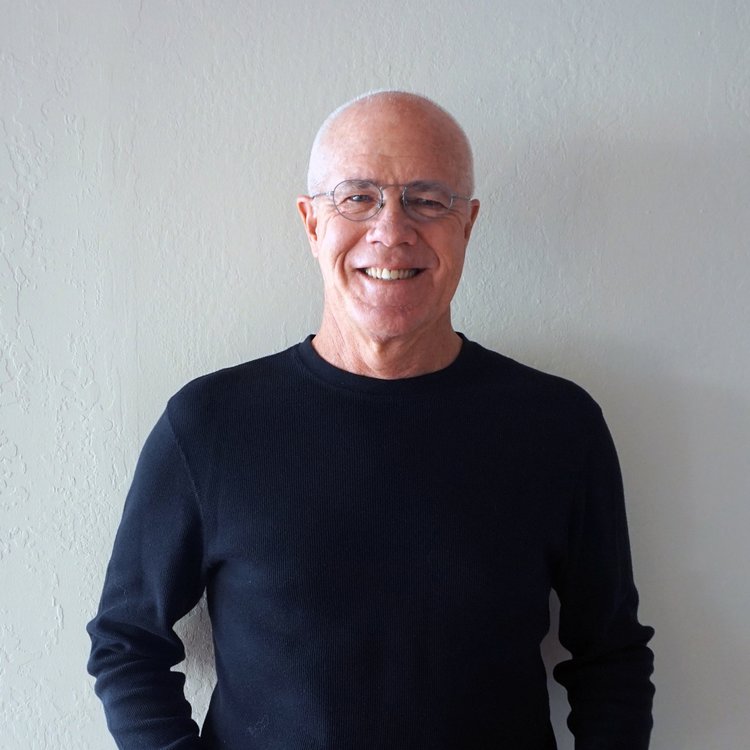First Hit: Little insight into Dylan, a lot of insight to the surrounding people and how they made music together.
Bob Dylan has always been an enigma to most of his audience. His music does his talking for him.
Watching this film about the 1975 tour, I was hoping to learn more about Bob, having grown up with much of his music being available to me. I was never a big Dylan fan, but there were songs I’d listened to that I loved and spoke to me, those were my Dylan songs. For many people, all of Bob’s songs were their songs. For others, when Bob went electric, they shuttered and thought him a traitor to the folk movement of the early 1960s.
What I admired most about Dylan was that he sang his own tunes his way, and for that, he deserves all the respect in the world.
This film talks with James Gianopulos the concert promoter of this concert tour, a number of the musicians including Joan Baez, Roger McGuinn, Ramblin’ Jack Elliott, Ronnie Hawkins, and Scarlet Rivera. Additionally, there was a dialogue with others including Allen Ginsberg, filmmaker Martin von Haselberg, reporter Larry “Ratso” Sloman, Patti Smith, and Sam Shepard.
Many of the interviews were with this group of people in current time and back then, while other discussions were just from the 1975 tour.
Haselberg’s footage is used for the historical sequences, including the performances. While Scorsese shot additional interview footage, including with Bob. Haselberg did an excellent job of getting shots of the band before, after, and during the performances.
What this film did point out was that Bob Dylan does what he wants. Watching his critical eye while on stage, looking at his band, guiding them with slight gestures from his eyes or a head nod was mesmerizing. The tangent discussions that resulted in how people were added and removed from performances were interesting. “How do we fit Ginsberg in?” Will Joni get enough stage time? What about Joan?
The performances were held in small venues which allowed the film to reflect the closeness Dylan had with his audience. I was enchanted by the stage presence and violin playing of Scarlet Rivera, a highlight as was watching McGuinn playing the twelve string.
However, what was truly amazing was the during the credits, Scorsese listed all of Dylan’s concerts from 1976 on by year through 2018. This man never stops working.
Scorsese did a fantastic job of creating a drop-in, slice-of-life feeling, of what it was to be on this tour. An amusing touch was seeing Bob behind the steering wheel multiple times, driving the motor home to each of the locations – he was an engaged man.
Overall: Although I didn’t learn much about Dylan, I learned how he liked to make music.
